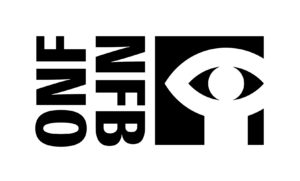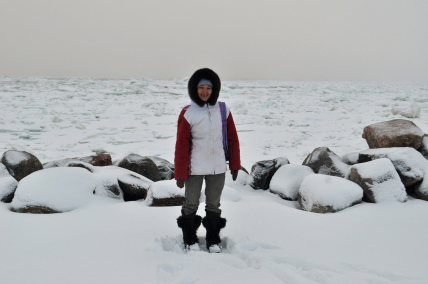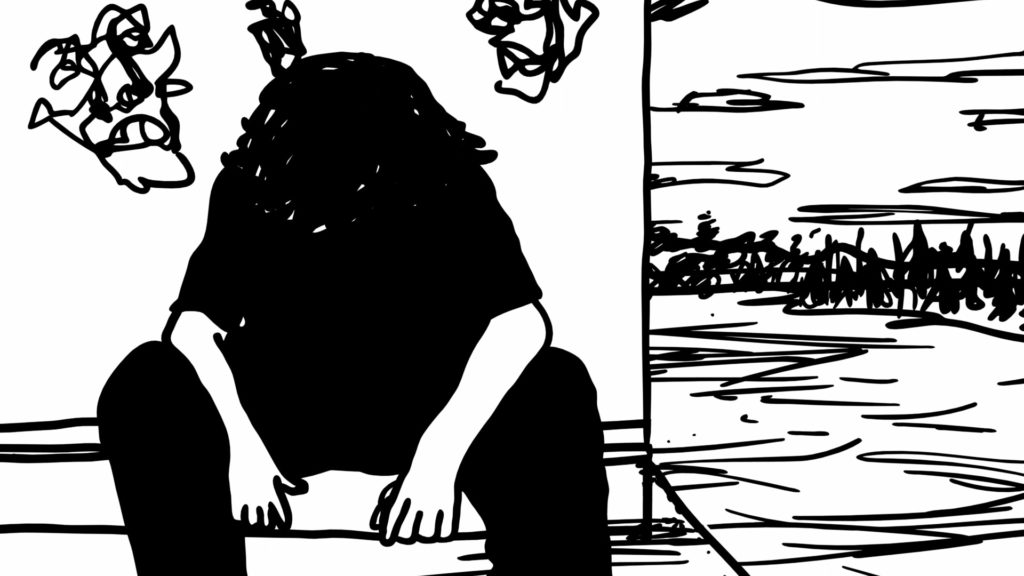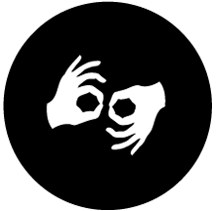Streaming of this film and virtual panel is available to viewers worldwide.
Hindsight: A National Film Board of Canada retrospective
- Streaming for free on VUCAVU (vucavu.com) from October 13-27
- Virtual panel - This panel is pre-recorded and available for free on the same webpage as the films
ACCESSIBILITY
ASL Interpreted, Open Captions, Active Listener
Various artists / 110 min
GENRE: RETROSPECTIVE, SHORT FILM
TOPIC: ADDICTION, INDIGENOUS, SCHIZOPHRENIA, SEX WORK
TYPE: FILM
Film is a storytelling format that can splice directly into a person’s awareness of something. Yet in hindsight, when has the medium showcased the sensitive and nuanced topics of mental health and/or addiction?
Hindsight is a short film retrospective that traverses the topic of mental health and addiction within the National Film Board’s extensive archive. This co-presented program looks back almost seventy years to dynamically highlight a spectrum of stories and filmmaking techniques. Films sampled from the archive include Breakdown (1951), a fictitious film about a seemingly well-adjusted young woman who’s schizophrenic episode has landed her in a modern mental hospital. The Agony of Jimmy Quinlan (1978), a portrait documentary depicting the life of Jimmy Quinlan, one of an estimated 5000men who struggled with addiction in the alleys of late 1970s Montreal. Street Kids (1985), a succession of montaged black and white photographs voiced over to reveal a glance into juvenile prostitution. Nowhere Land (2015), a documentary narrated by Inuit Bonnie Ammaaq and her family tells their faint memories of attempting to live while the government-manufactured community of Igloolik becomes an elegy for Indigenous displacement and mental health. XO RAD MAGIQUE (2019) is an animated video work both psychedelic and hypnotic in nature, that takes you on an abstract journey living with schizophrenia in daily life.
THANKS TO THE GENEROUS SUPPORT OF NFB

JOIN THE CONVERSATION
Accompanying this NFB retrospective is a pre-recorded video interview with local Toronto artists Katelyn Gallucci, Greg Mccarthy and Derek Coulombe. In conversation, the artists will discuss the activity of looking back. How do the films bring up feelings of hindsight? How do we navigate these feelings? Why do we as artists sample from archives? Why is it important to create discussions around archival material?






